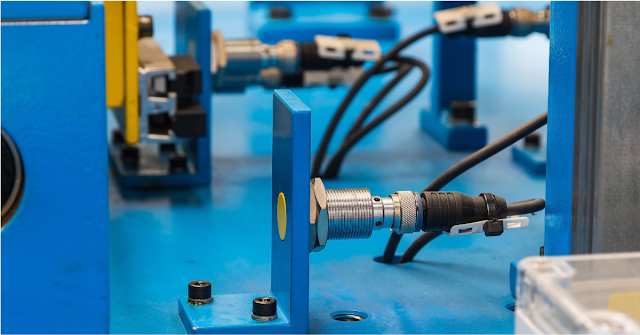Ampere Trip (AT) and Ampere Frame (AF)
Introduction
In electrical protection systems, understanding Ampere Trip (AT) and Ampere Frame (AF) is essential for selecting the right circuit breaker. These terms help define how much current a breaker can handle and when it will trip to protect your equipment.
What is Ampere Frame (AF)?
The Ampere Frame (AF) is the maximum continuous current rating that a circuit breaker’s frame can support.
It refers to the physical size and thermal capability of the breaker.
Example:
A breaker with a 400AF frame can be fitted with trip units rated anywhere.
What is Ampere Trip (AT)?
The Ampere Trip (AT) is the specific current rating set within the breaker’s frame.
It defines the actual operating current or rated current at which the breaker will trip to protect the circuit.
Example:
If a 400AF breaker has a 250AT trip setting, it will trip when the current exceeds 250 amps.
Why AT and AF Matter
Choosing the right combination of AT and AF ensures:
-
Proper circuit protection
-
Avoidance of unnecessary tripping
-
Compliance with electrical codes
-
Flexibility for future expansions
Conclusion
Both Ampere Trip (AT) and Ampere Frame (AF) ratings are crucial when selecting circuit breakers for industrial, commercial, and residential applications. Understanding the relationship between AT and AF helps in making smarter, safer decisions for your electrical design.







0 Comments